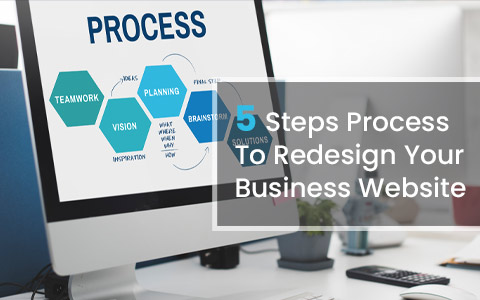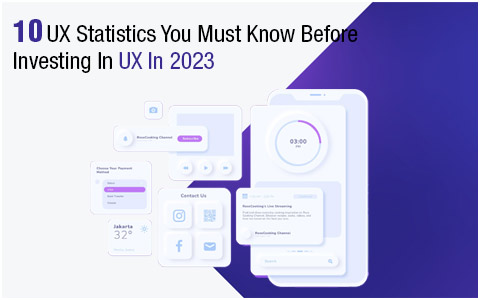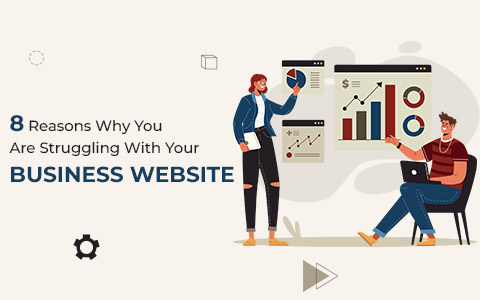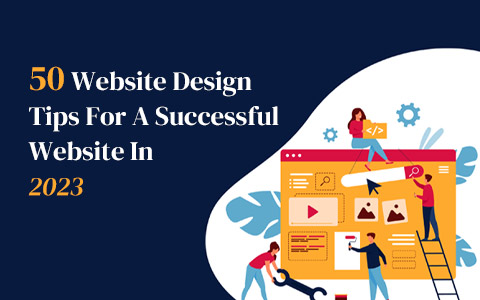Did You Know The 5 Stages Of Website Planning Process?
It can be a quite daunting experience to manage and develop your official business website. If you don’t have the prior understanding, knowledge, and resources to build one then it can be an intimidating thought to start planning for your website. No, we have no intention of terrifying you rather we want to bust the myth, the myth that it is impossible to get your website done when you are new to this concept of the website and digital presence.
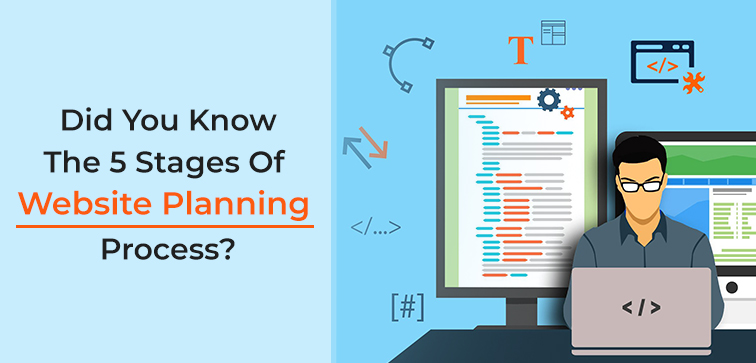
Every problem has a solution if you put enough time into assessing the problem. For instance, your website is going to be your business presence online and that is certainly a very significant aspect of establishing your brand image. However, without the right planning and resource, it is not an easy path to pave. With this blog post, we are putting together the complete website planning process in five simple steps so that you get a precise idea of where to start and how to start.
Speak to our website specialist and get a complete rundown on Custom Web Development Services and solutions today! Midas is your technology partner for creating unique and exceptional websites.
Here Are The Five Stages Of The Website Planning Process:
1. Probe Your Existing Website For Thorough Evaluation:
This step is for those who already have a website but it is not up-to-the-mark. Before planning for a fresh and better website concept it is essential to understand what worked and what didn’t in your existing site. You will check for the important information that you are already providing on your site.
1. Domain Name:
What domain name are you using? Do you have a domain name that matches your business name? If not, is it possible to get the same domain name? If your existing domain name is able to track the right traffic for your site then it would be better to keep using the existing domain name to save your customers from any sort of inconvenience. However, if you think that a better domain name will work in favor of your business situation then go for it.
2. URL Structure:
What is the arrangement of URLs on your existing site like? Do your pages have relevant URLs to the content provided on the page and are these URLs readable? In case your URL structure in the current website is perfect than using clearly-named subfolders will come in handy when you are setting up your new website and don’t want to go through the hassle of redirects.
3. Site Content:
Your website content is what engages your visitors, enlightens them on the services you provide, and persuades them to engage with the business and convert from lead to buyer. If your site content is not able to accomplish these goals then it is best to get your website copy redone. Make sure to finalize whether you need the site content redone or not in the planning phase so that you can have a clear idea of your budget limit.
2. Know Your CMS Options:
If you prefer to build an HTML website then it is all about complete customization and building/coding a site from the scratch. HTML websites take a little longer to build but you get a lot of latitude in terms of functionality and appearance. It is, however, not easy to update such sites on your own especially if you don’t have the relevant technical knowledge.
If you are using CMS (Content Management System) for your website then you get easy access to the admin panel through which you can log in to your site to make the needful updates and changes.
Even with little to no coding experience you can very easily handle these site technicalities and manage your site updates. You will not get all the customization freedom with CMS as with HTML but still, you get pretty good options to set up a high-functioning website.
3. What Functions You Require In Your Website?
If you just want a plain website with simple text, a couple of images, and a contact information section then you are good to go. But if you need a website that has additional essential functions then it is crucial to pre-determine what they are going to be. Are you aiming for an e-commerce store that is a high-functioning platform for selling your online products? Then you need to know and confirm the same to your hired developer.
4. Hiring A Professional Website Designer & Developer:
Now comes the hiring part. Once you have finalized the elements you will need in your site, then you will need a professional developer to help you carry out the plan.
If you don’t have an in-house team (like most companies) you can hire an independent agency or developing company. Take your time in researching, assessing, and finalizing the right service provider. Find out the type of projects the professionals have worked on and if you are impressed by their work and would like to hire for your website.
5. Budget Finalization:
The last part of your planning will indeed be the budget for your development. Make sure the SLA with your service provider is clear and you have your requirements mentioned clearly as well as the budget limit you are aiming for. The cost of the services will depend on various factors and some of them being the experience of the team and how complex the website is.
Conclusion:
Did you find this blog edifying? Would you like to know more about our services? Then please refer to our services section. If you are ready to get your website plan in action and looking for a professional website design and development service then Midas is your custom web development company for bespoke solutions and services. Give Us A Call Today For Further Information.
popular post
-
9 UX Design Rules For Mobile Applications You Must Not Ignore
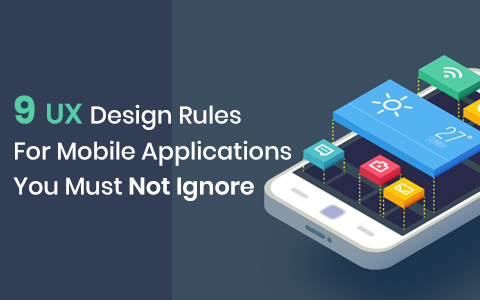
-
Mobile Application Testing Myths Busted
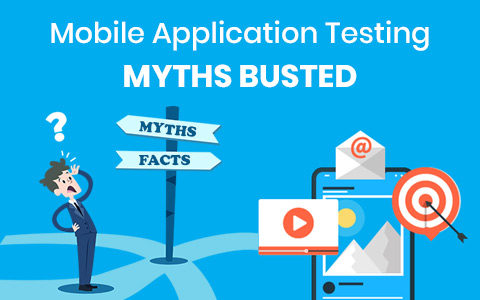
-
16 Features That All Best Performing E-Com Mobile Apps Have
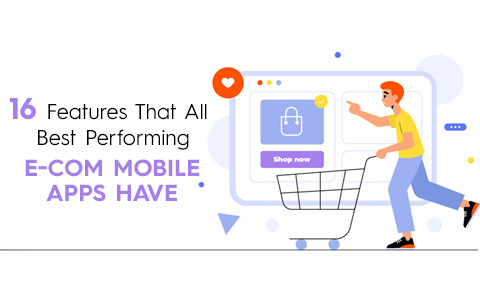
Categories
- Internet Marketing (13)
- Software Development (8)
- Mobile Apps Development (44)
- Web Designing (32)
- Web Development (60)
 business@midaswebtech.com
business@midaswebtech.com March 4, 2021
March 4, 2021
